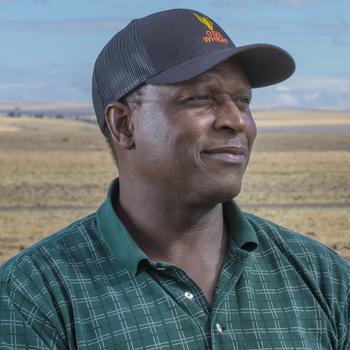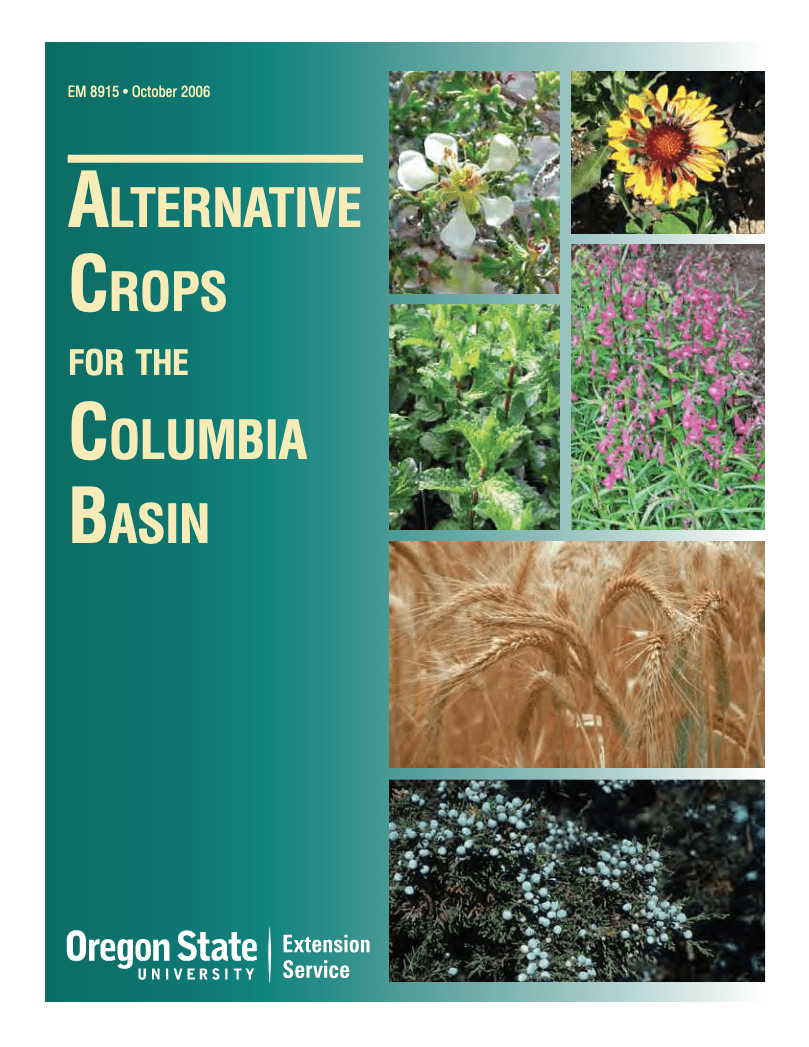Summary
Explores possibilities for new crops in the Columbia Basin. Includes crops for oilseeds, food, forage, revegetation, and xeriscape plant nurseries. Crops are classified into three categories: grasses and cereal grains, broad-leafed herbs and forbs, and shrubs and trees. Includes index by common and scientific names.

